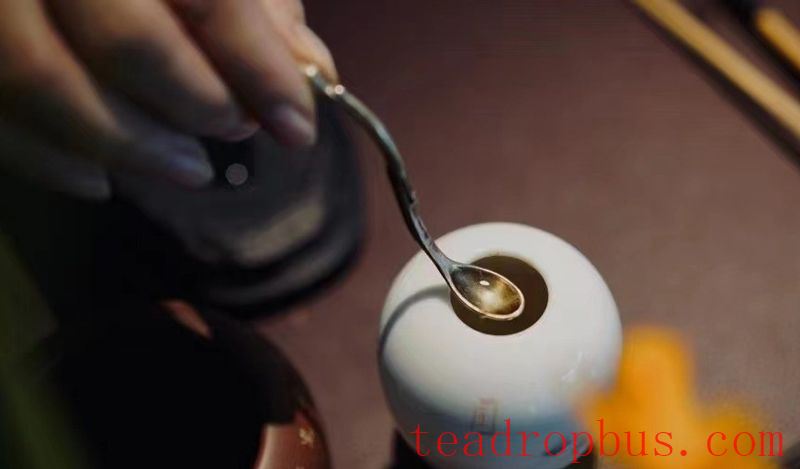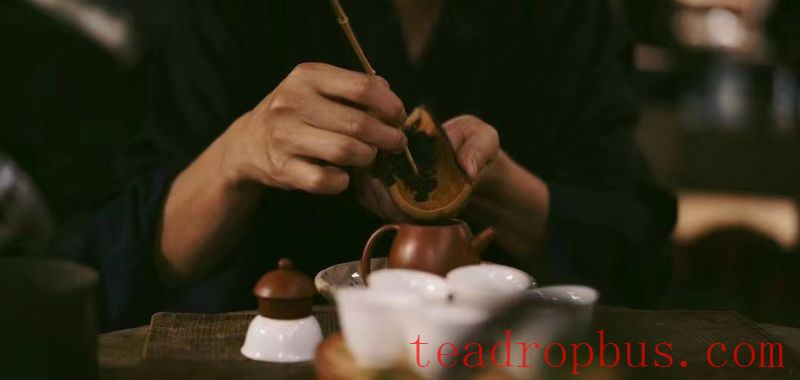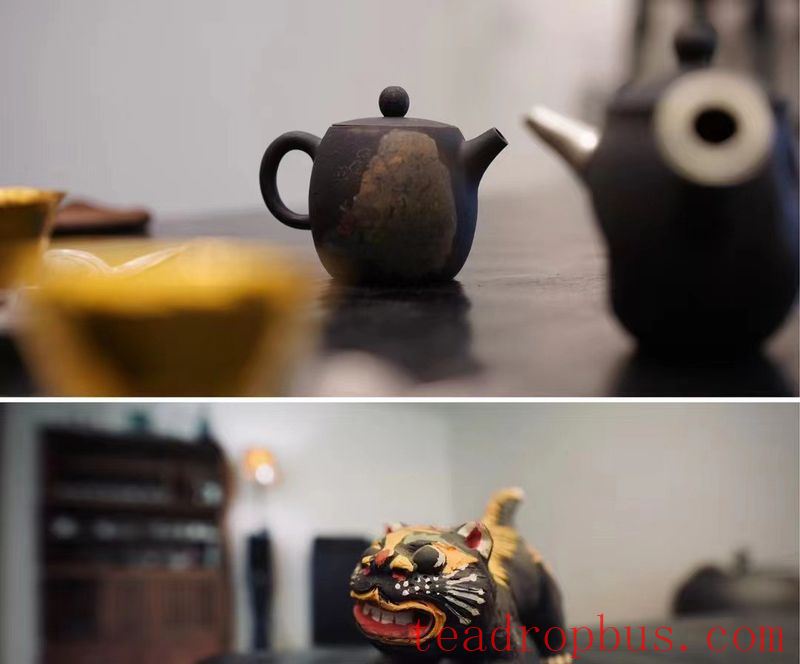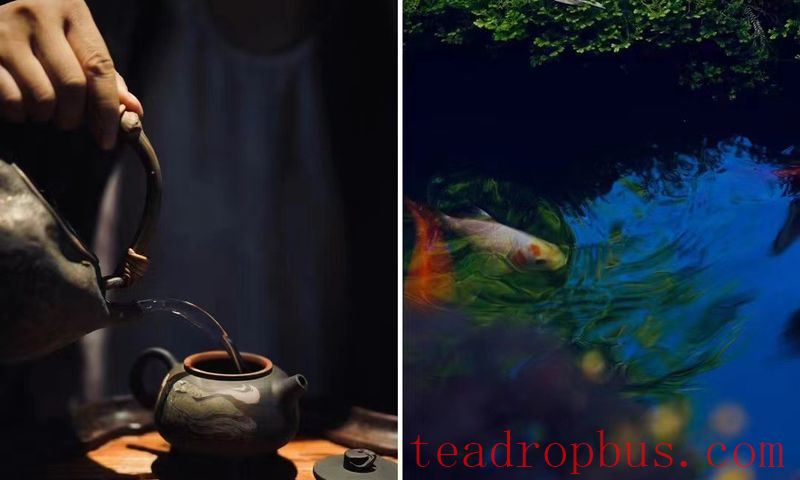Is it good to steep Pu'er Tea with boiling water directly?
The boiling point of water is determined by altitude and atmospheric pressure. In most parts of China, the boiling point of water is above 90°C.


Not all Pu'er teas are suitable for Steeping with boiling water. Aged Pu'er (Ripe Pu'er), very old teas (decades old), and coarser raw Pu'er (such as old yellow leaves) can be steeped with boiling water directly.
However, there are two situations where it's best not to use boiling water directly:
First, for new teas with high tenderness. If you steep such teas with boiling water directly, it's easy to scald or damage the leaves, giving the tea a cooked flavor that lacks freshness.
Therefore, when steeping teas with high tenderness, it's best to let the boiling water sit for a few minutes until its temperature drops to 85-90°C before steeping.

Second, when you want to control bitterness and astringency. Steeping Pu'er tea directly with boiling water easily brings out the bitter and astringent compounds. However, using a method of cooling the water and specific techniques can effectively control the bitterness and astringency in the tea infusion.
You can let the boiling water sit for a few minutes to cool it down to 85-90°C, and combine this with the following methods to effectively control the bitterness and astringency of the Pu'er tea:

1. Use a wide-mouthed, thin-walled Gaiwan (covered bowl) that dissipates heat easily.
2. Do not use too much tea; the expanded leaves should fill less than half of the gaiwan after steeping.
3. Pour the water slowly and high, allowing it to gently flow down the side of the gaiwan without stirring the leaves.
4. Control the steeping time.
5. After pouring out the tea, do not cover the gaiwan lid on top; place it aside to prevent the tea from being over-steeped.
6. Avoid using the base tray under the gaiwan, as it slows down heat dissipation and increases the temperature inside the gaiwan by 2-3°C.
7. When breaking apart Compressed tea, try not to break it into small pieces. The outer layer of the tea leaves has a protective membrane that prevents bitterness and astringency from coming out easily. If there are many broken pieces, it becomes harder to control the bitterness and astringency.
If there is any infringement, please contact us to remove it.